Please add image or text logo
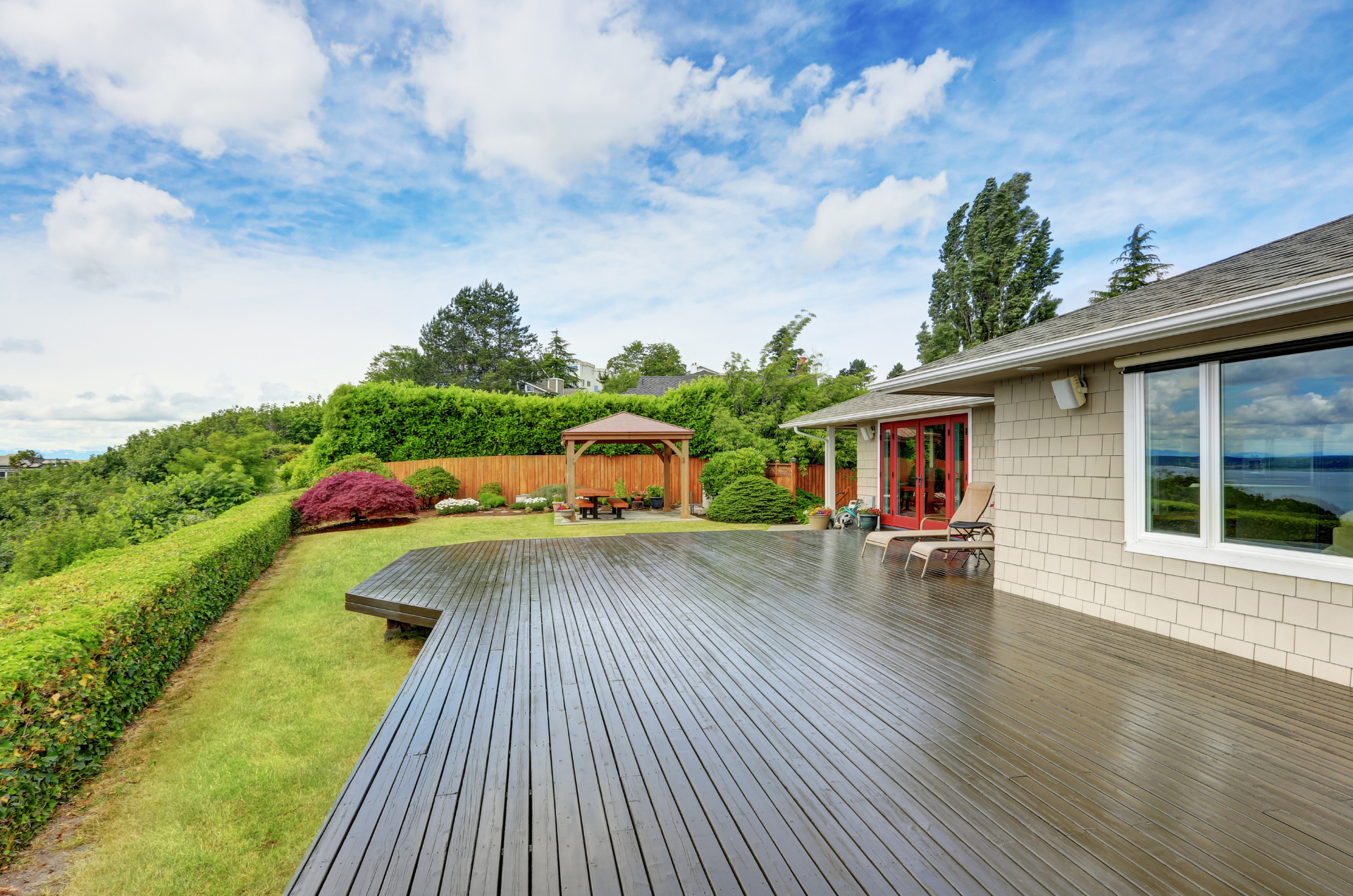
Discover our step-by-step guide to installing and maintaining your timber or composite decking.
Few projects are as impactful as installing decking. Adding the right decking can transform outdoor areas, allowing you to break up spaces and add new textures and colours to enhance the look of your garden. As well as its aesthetic appeal, decking can add new functions to outdoor areas, giving you alfresco spaces to entertain and relax in.
This simple guide will take you through everything you need to know about decking – from planning and installation, to care and maintenance.
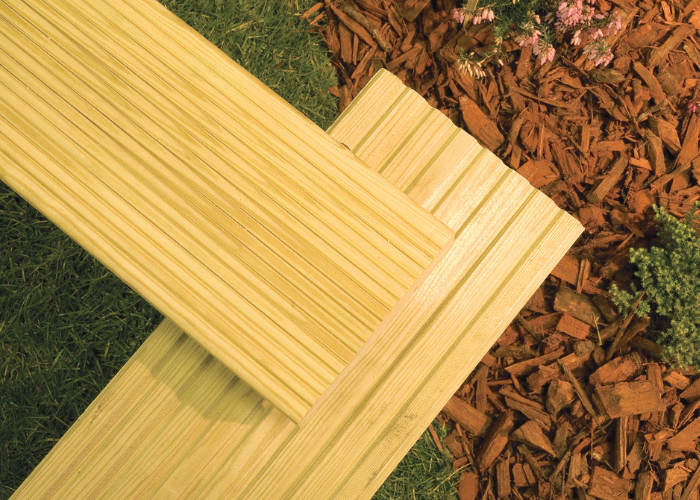
Laying decking can seem like a daunting project, but with the right materials and the correct approach, you can install decking successfully.
Step 1: Plan Your Decking
Decide where you want to lay your decking. Consider which locations will be the most accessible and at what times of the day they receive sun.
Measure out the area you want to add your decking, estimating the dimensions of it in metres squared by multiplying the length of the area by its width.
Decide on whether you want to install timber or composite decking – our experts can help you choose the perfect decking for your garden.
Step 2: Gather Your Materials
Take some time to understand which decking materials you’ll need to buy, and how much you will need. Typically, you’ll need:
● Decking boards, usually either timber or composite
● A decking frame to lay them on
● Deck fixings
● Decking accessories, like posts and handrails
● Deck stain
● Finishing touches, like backing frames and panel caps
● Weed membrane, to be placed beneath the decking to prevent weed growth, whilst allowing water to drain away
Step 3: Prepare the Ground
Begin by marking out the area your decking will occupy. You can use string and something like tent pegs to secure it in place.
Clear the area of grass, plants and any other material. Use a spade and/or rake to make the ground level. You may need to excavate or build up the area with soil to create a firm, compact and even surface.
Next, lay a weed membrane across the prepared area. This will help to prevent weeds from sprouting beneath your decking and will help water to drain away. If you don’t lay a weed membrane, this could cause structural issues later on.
Step 4: Build the Frame
The frame provides the structural support for your decking, so it’s essential to fit it properly.
Begin by laying out the joists in your desired pattern, ensuring they’re evenly spaced. Use a spirit level to make sure they lie flat. Fix the joists together using brackets or screws to create a secure frame. Make sure the frame is securely anchored to the ground using posts or stakes, which will provide stability and prevent movement over time.
Step 5: Lay the Decking Boards
Once the frame is in place, you can start laying the decking boards. Begin at one edge of the frame and work your way across it, leaving a small gap between each board for expansion and drainage. Use screws or nails to fix the boards to the joists, making sure each board is secure before moving on to the next.
For a polished look, trim any overhanging boards with a saw. Consider finishing the edges with deck fascia, edging or side panels.
Step 6: Apply Finishing Touches
Once you’ve installed your decking, you can add finishing touches like steps, handrails or even built-in seating.
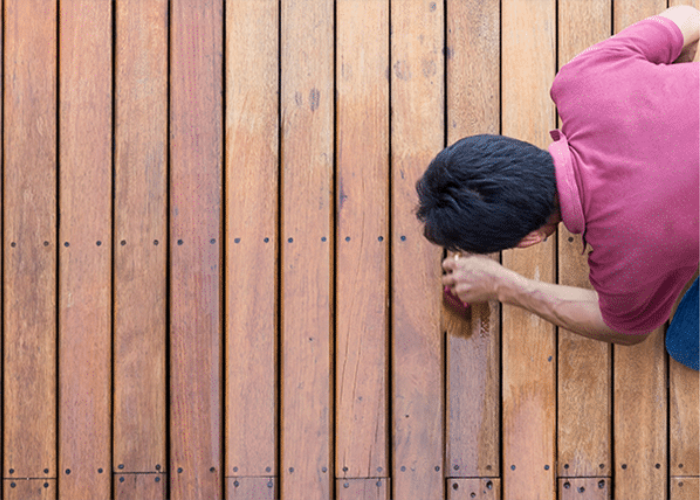
Installing decking can be a considerable investment. Caring for it will mean your decking will last for years.
Keep your decking in top condition by:
● Staining your decking – Not only does decking stain enhance the appearance of wooden decking, but it also adds a protective layer that defends wood from the elements, and from daily wear and tear. Apply stain to your decking once a year. Most people do so during early spring, but you can do so at other times if it suits you better.
● Regularly clean your decking – Sweep your decking regularly to remove dirt and debris like fallen leaves that can stain and discolour decking.
● Using a pressure washer – Clean your decking with an outdoor pressure washer every few months to remove stubborn stains and algae. Ensure you use a setting that doesn’t damage your timber decking.
● Repairing damage – Regularly inspect your decking for signs of wear and tear, like missing screws, loose boards, cracks or rot. Replace any damaged components promptly to nip any issues in the bud before they worsen.
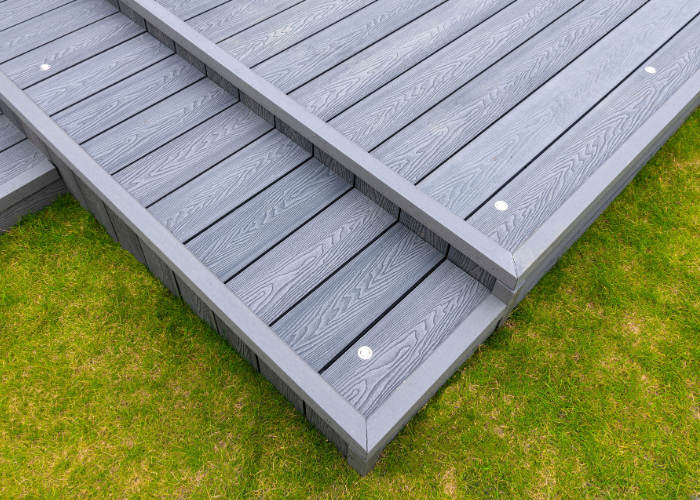
You’ll find a wide range of high-quality, pressure-treated timber garden deck boards and decking panels for sale at Earnshaws, alongside deck framing, desk fixings and deck accessories.
As well as our timber decking, our expert staff are happy to help advise you about composite decking and answer any questions you have. Get in contact with us or pay us a visit at our garden and fencing centres in Midgley (between Huddersfield, Barnsley and Wakefield) or Brigg in North Lincolnshire.
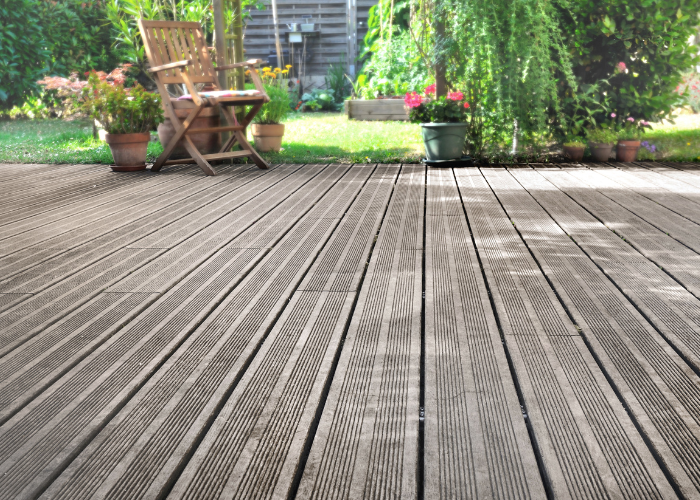
Q: How long does decking last?
A: How long garden decking lasts will depend on the material you choose and how well you look after it. Good quality timber decking, when properly maintained, can easily last for 10 to 15 years or more. Composite decking can last even longer, up to 25 to 30 years.
Q: Do I need planning permission to install decking?
A: Planning permission isn’t usually required for decking. However, if you want to add decking that’s above 60cm in height, or if it will cover an extensive area, you may need to seek permission. If you’re in any doubt, check with your local planning authority.
Q: What’s the difference between wooden and composite decking?
A: Wooden decking, like Earnshaws timber decking, offers a natural appearance but does require more upkeep, including regular annual staining. Composite decking is made from a mix of wood fibres and plastic, or sometimes entirely from polymer. It can be more expensive than traditional decking, but is low-maintenance, highly durable and often lasts longer.
Q: Can I install decking myself?
A: Yes, with the right tools and materials, laying decking can be a successful DIY project. However, if you’re unsure about any part of the process, it’s best to consult a professional like our Earnshaws expert staff.